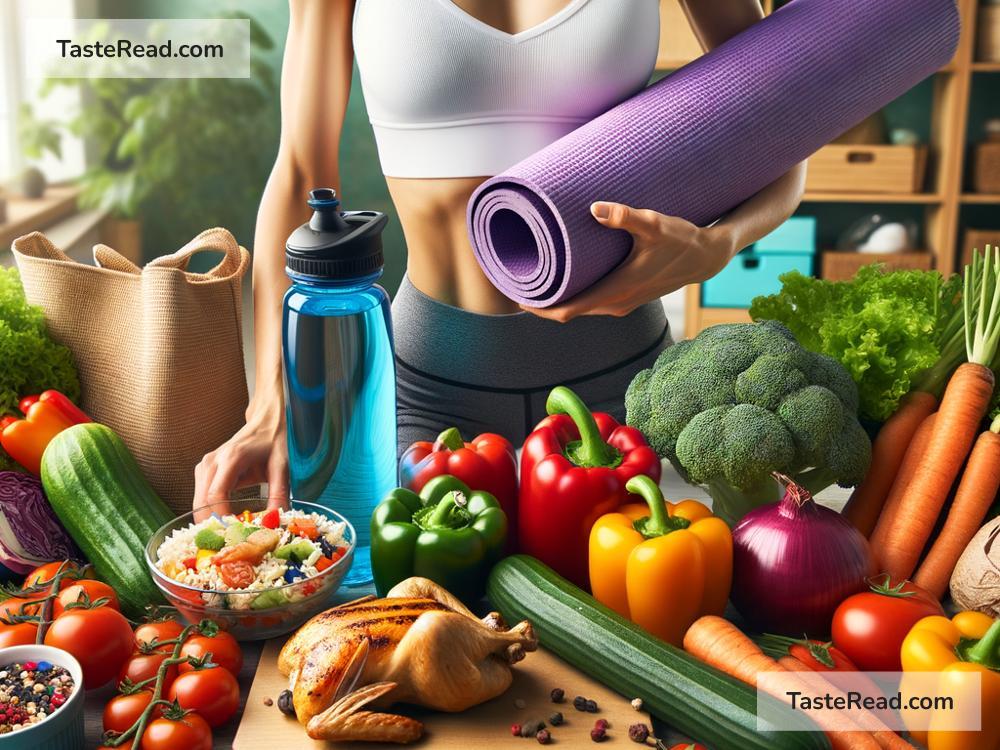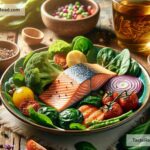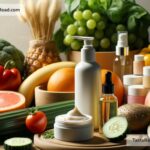Understanding the Connection Between Diet and Physical Activity
When it comes to living a healthy life, two key ingredients are diet and physical activity. They go hand in hand, like peanut butter and jelly. Most people know that eating well and exercising are both important, but not everyone understands how these two work together. In this blog, we’ll explain the simple connection between diet and physical activity and how this relationship can help you feel stronger, more energetic, and healthier overall.
Why Diet and Physical Activity Matter Together
Diet and physical activity are like a team that works together to keep your body healthy. Think of your body as a car. A car needs fuel to move, just like your body needs food to create energy. But it’s not just about eating any kind of food. Eating the right type of food helps your body run better, especially when you’re active. Meanwhile, exercise helps your body use the energy from food to stay strong and fit.
If you eat too much food and don’t move around, your body stores the extra energy as fat, which can lead to weight gain. On the other hand, if you move a lot but don’t eat enough, your body may feel tired, weak, or even damaged over time. That’s why balancing diet and physical activity is so important.
How Food Fuels Your Body for Exercise
Food acts as the fuel your body needs for all activities, whether it’s walking, running, dancing, or simply sitting at a desk. The nutrients in your food, like carbohydrates, proteins, and fats, play different roles in giving you energy and keeping your body healthy.
-
Carbohydrates: These are your body’s main source of energy. Foods like rice, bread, pasta, fruits, and vegetables give your muscles the energy they need for exercise. If you’re going for a run or playing sports, carbs are particularly important.
-
Proteins: Proteins help repair and build your muscles after exercise. Foods like chicken, fish, beans, eggs, and tofu are high in protein.
-
Fats: Healthy fats, found in foods like nuts, avocados, and olive oil, provide long-lasting energy for activities like hiking or biking. They also help your body absorb vitamins and maintain overall health.
In addition to energy, food provides vitamins, minerals, and water, which your body needs to stay hydrated and perform its best during physical activity.
The Role of Exercise in Using Nutrients
Physical activity helps your body use the nutrients from your food efficiently. When you exercise, your muscles burn calories (energy) from the food you eat. Over time, regular exercise can make your body better at processing food and turning it into energy.
Exercise also improves blood circulation, which helps deliver nutrients to where they’re needed in your body. For example:
– Strength training helps build and maintain muscle mass, which requires protein.
– Cardio exercises, like running or cycling, use carbohydrates for quick energy.
By staying active, you’re helping your body get the most out of the food you eat.
Finding the Right Balance
Eating well and being active aren’t separate tasks—they’re connected. The key is finding the right balance between what you eat and how much you move.
-
Eat to Match Your Activity Level: If you lead a busy life with lots of physical activity, you may need more calories and nutrients. If you’re mostly sitting at a desk, you may need less energy from food.
-
Hydration Matters: Water is crucial for both diet and physical activity. Whether you’re eating or exercising, your body needs water to stay energized and avoid cramps or fatigue.
-
Listen to Your Body: Everyone’s needs are different. If you’re feeling hungry after a workout, that’s your body’s way of saying it needs more fuel. If you’re feeling sluggish, eating lighter, nutrient-rich foods might help boost your energy.
Common Mistakes to Avoid
-
Skipping Meals Before Exercise: Some people think it’s a good idea to skip meals before working out, but this can leave you feeling weak and tired. Eating a small, balanced meal or snack can give you the energy you need.
-
Relying on Junk Food: Junk food might taste good, but it doesn’t provide the nutrients your body needs for exercise or recovery. Focus on whole, unprocessed foods for better health.
-
Overeating After Exercise: It’s normal to feel hungry after a workout, but overeating can cancel out the benefits of exercise. Choose nutrient-rich meals instead of overeating high-calorie foods.
Final Thoughts
Diet and physical activity are partners in improving your health. Eating a balanced diet gives your body the fuel it needs for exercise, and regular physical activity helps your body use that fuel effectively. By understanding how these two work together, you can take control of your health and feel great both inside and out.
Making small, consistent changes in your diet and exercise routine can lead to big results over time. Start by eating more whole foods and staying active each day. Soon, you’ll feel stronger, more energized, and ready to take on whatever life brings your way!


